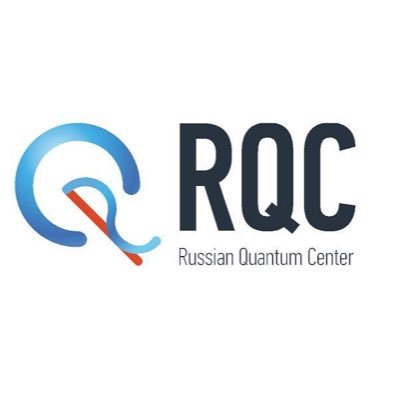The Nineteenth lecture "Quantum-photonic integrated circuits (QPICs)" in "Open RQC colloquium" by Prof. Gregory Goltsman
From 10:00 until 11:30
At National University of Science and Technology MISIS
Moscow, Leninskiy prospekt 4
Russian Quantum Center / http://www.rqc.ru
The Nineteenth lecture "Quantum-photonic integrated circuits (QPICs)" in "Open RQC colloquium" will be held in National University of Science and Technology MISIS (Moscow, Leninskiy prospekt 4) lecture hall № Б-536 (5th floor), on 3rd of March 2017 at 10:00 a.m by Gregory Goltsman, Phd, Professor at HSE Tikhonov Moscow Institute of Electronics and Mathematics (MIEM HSE), a founder of Superconducting Nanotechnology (Scontel).
Abstract
Currently, many physical systems are studied for the realization of qubits including superconducting circuits, trapped ions and atoms, quantum dots, color centers in a solid and photons. Here we focus only on the last item in the list - photons. Due to the fact, that photons interact weakly with an optically transparent medium, do not interact with each other, have several degrees of freedom for encoding of quantum information as well as have a fast propagation speed, the photons are the best choice for creation a quantum networks. However, while the manipulation of individual photons did not cause any difficulties, the creation of two- and three- deterministic qubit gates require strong nonlinear interaction between photons. In this case, the advantages of the photons are transformed to their shortcomings and for a long time limited the use of photons as qubits. Fortunately, Knill, Laflamme and Milburn (KLM) proposed the concept of linear optical quantum computing (LOQC), allowing you to create non-deterministic gates using photons, linear optical elements and detectors. Despite the fact that the implementation of the KLM-protocol is possible in free space, the need for a large number of optical components and their precise configuration requires the more complex solutions. Due to a number of advantages, such as scalability, small footprint, low weight, no need for optical alignment as well as a power consumption and CMOS-compatibility, quantum photonic integrated circuits (QPICs) can successfully solve this problem. The most popular material platforms for QPICs realization are silicon, gallium arsenide, and polycrystalline diamond. Each platform has its own advantages and disadvantages and is characterized by its degree of development. Nevertheless, all of these platforms have the fundamental blocks that require combining on-chip, such as single photon source, linear optical elements and single-photon detectors. In the lecture, I’m going to talk about operation principles, a history of development as well as the latest success of the most promising approach for QPICs realization, based on hybrid nanophotonic-superconductor devices. The realization of large scale QPICs, can produce a profound impact on science and technology, material engineering, as well as quantum information processing including quantum computing, simulation and metrology.
Biography
Gregory Goltsman graduated from Moscow State Pedagogical University (MSPU) in 1968. In 1973 he received his PhD in MSPU and in 1985 he received his Doctor of Science degree in Ioffe Physical-Technical Institute of the Russian Academy of Sciences. He was a visiting Professor at Harvard-Smithsonian Center for Astrophysics, Chalmers University of Technology, Regensburg University and Observatory of Paris. In the early 2000s, during fundamental study of properties of thin superconducting films, Gregory with colleagues found single photon detection effect which initiated new type of detectors - nanowire Superconducting Single Photon Detectors (SSPD). In 2005 Gregory Goltsman founded a small company - Superconducting Nanotechnology (Scontel), which produces ready-to-use superconducting receivers for the near and far-infrared ranges including equipments based on SSPD and Superconducting Hot Electron Bolometers.




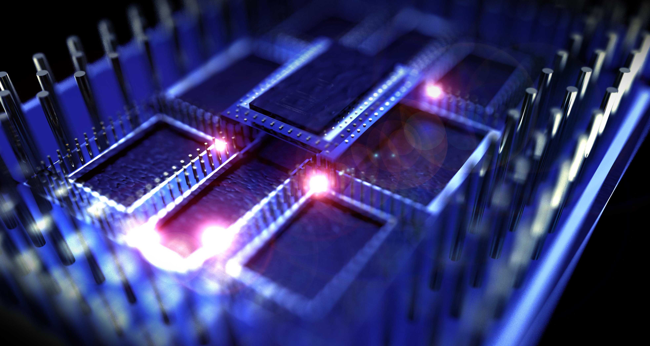
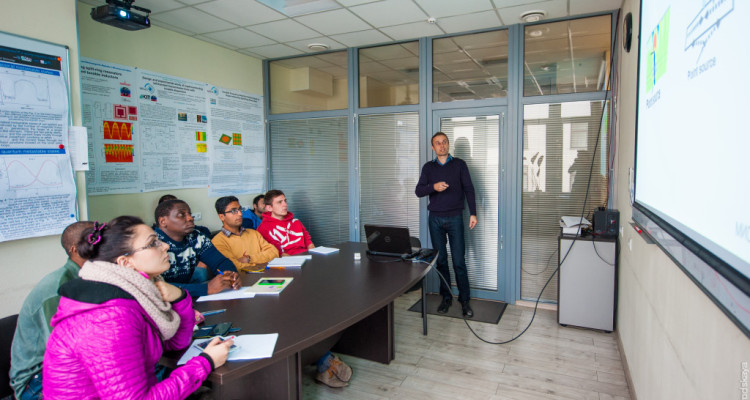
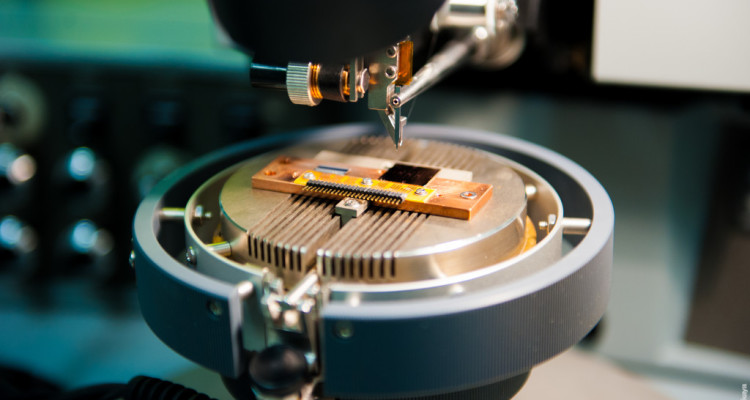
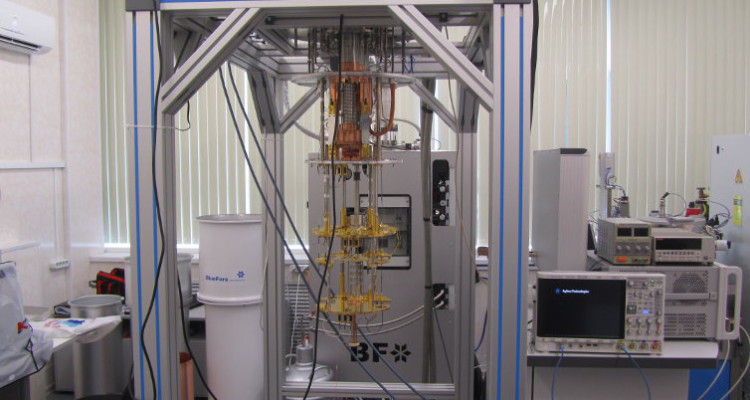
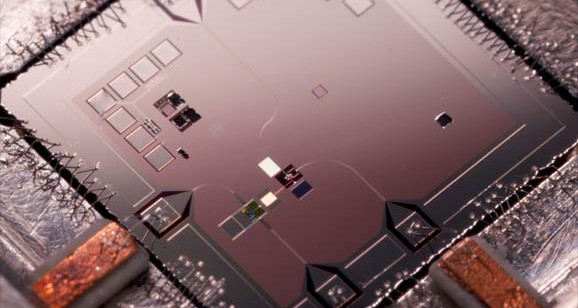
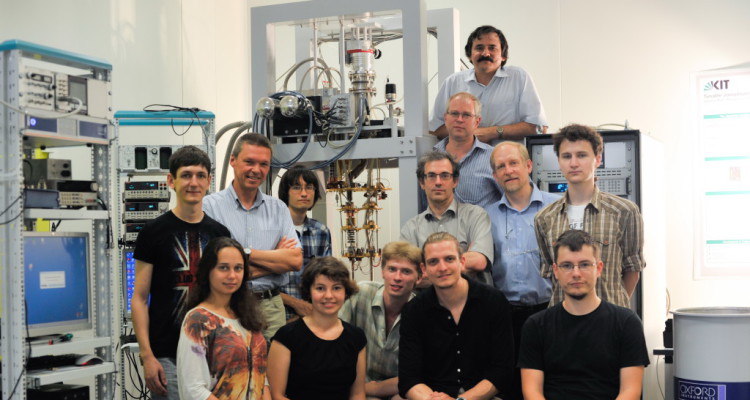
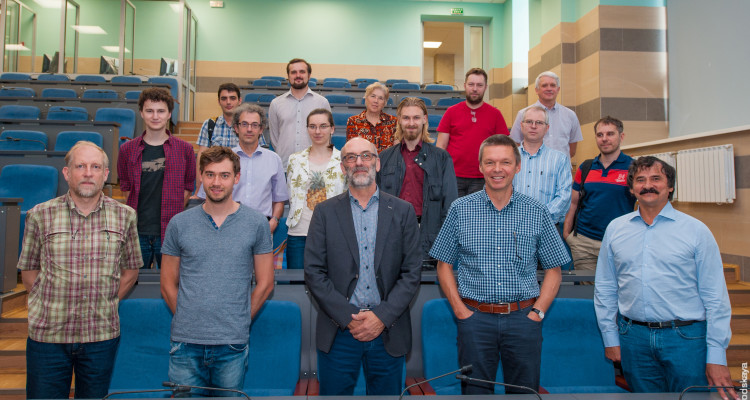
 28 February 2017
28 February 2017 